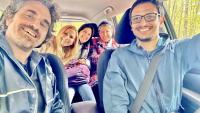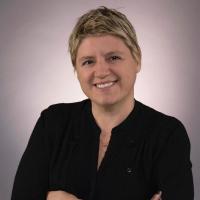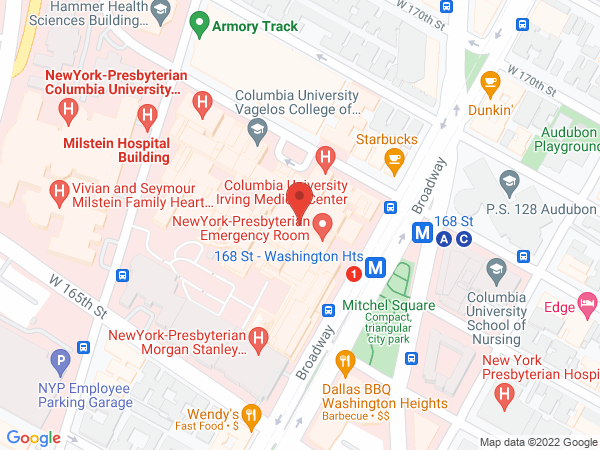Stem Cell Core

The Stem Cell Core Facility is a multi-center facility at Columbia University Irving Medical Center, created to help users take advantage of up-to-date resources in the stem cell field in a timely and cost-efficient way.
The Columbia Stem Cell Core Facility has two primary aims:
- To give our users access to quality-controlled pluripotent stem cells and stem cell-derivatives prepared using standardized approaches
- To offer genome editing services for the generation of custom-designed cell lines
The Stem Cell Core Facility also offers training sessions and informal interactions between scientists from multiple laboratories working on different stem cell models. Some reagents commonly used in stem cell labs, as mTeSR1 media and irradiated mouse embryonic fibroblasts, are also available at discounted prices for our users.
We are connected to Stem Cell COREdinates, a consortium of pluripotent stem cell-focused core facilities, which allows us to take advantage of the sharing of the most updated and efficient protocols, expertise, and reagents.
Cell Production
The Cell Production section of the Stem Cell Core Facility offers to its users maintenance and supply of human ESC/iPSC; derivation and characterization of hiPSC from fibroblasts or blood; and differentiation of human pluripotent stem cells into functional, mature, highly purified progeniesto (including neuronal, cardiac, retinal pigment epithelium, hepatic, pancreatic & skeletal muscle.)
Gene Editing
The Gene Editing section of the Stem Cell Core Facility provides various services, including insertion of transgene and targeted single nucleotide modifications.
Stem Cell Equipment
Some equipment, including the picking hood, the Lonza Nucleofector 4D and the Life Technologies Neon, is available to users for rental. Please contact us for more information.
Director
Barbara Corneo, PhD
- Associate Professor of Rehabilitation and Regenerative Medicine at CUMC; Director, Columbia Stem Cell Core Facility


